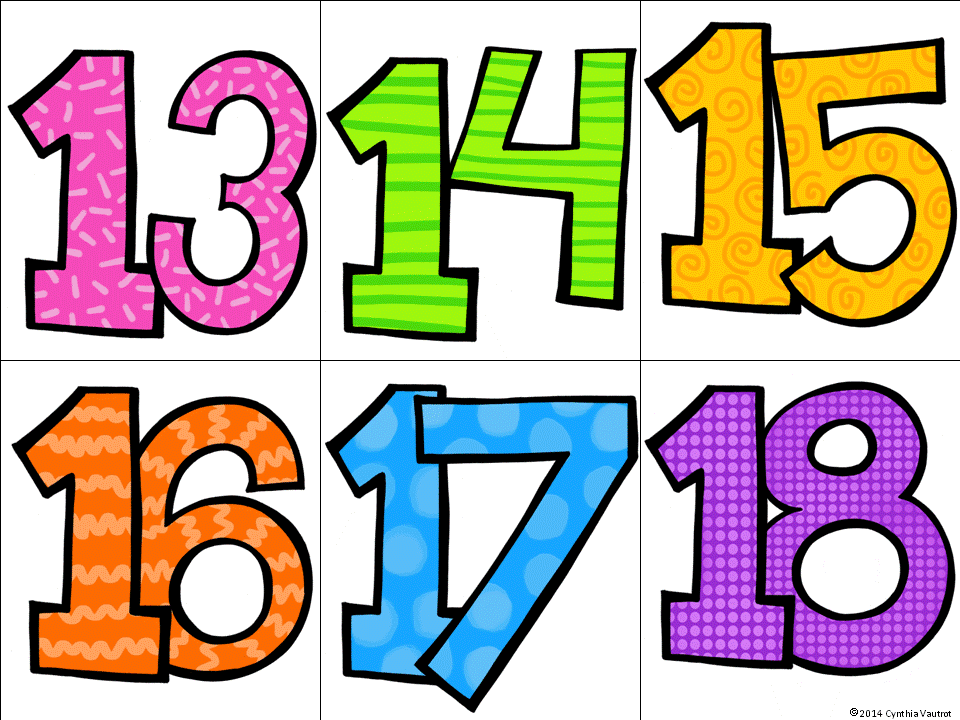Are you getting the most out of your task cards?
Do your students LOVE Task Cards? My students do, and I do, too!!
Do you REALLY realize what a jewel you have with a set of task cards? These are so versatile. Don't just use them one time and then put them up until next year. Keep recycling them all year long in different ways. Your students will love you for it, and your planning time will just get shorter!
With my task cards, I put a letter (very small) in the corner of the cards. I also include large numbers on separate cards. Why do I do this?
As I said, I like to use them in a variety of ways. I mix and match standards for one domain, and I even mix and match the concepts! If I put a number on each card, it is actually harder to use them more than once and confusing to students if I mix and match the cards.
One week, we might work on lines, line segments, rays, and more. The next time, I might include all geometry concepts. Later still, I might mix geometry and place value together. Before the "BIG" test in the spring, I might pull a couple of cards from several math topics and mix them with a variety of language arts topics for a big review.
Here are twelve ideas to make sure that you are getting the most out of your task cards.
1) Walk
the Room – Place the numbers around the room (tape them on walls,
shelves, desks, etc.) along with task cards. Provide an answer sheet
for 20, 25, or 30 questions. Students
move around the room at their own pace or at a signal from the teacher and
write the answers in the matching numbers on their answer sheets. It's like a scavenger hunt! Plus, it gets the students up and moving.
Leave the numbers in the same place all year. Change out the task cards each week in your literacy or math centers for an instant no-prep activity!
2) Ticket
out the Door – Show a task card using your projector for all students
to see, or give students individual cards.
Students will write their answers on sticky notes. Use these to see who is still having
difficulties with a concept to form needs-based or small groups for the next
day to give a mini lesson to the students. (Grab a FREE Ticket out the Door to display in your room.)
3) Needs
Based – Use the task cards when working with small groups of students on a
specific need. Model the answers. Students can use dry-erase boards to
complete as the teacher monitors. (Read more about working using small groups as an effective teaching strategy by clicking here.)
4) Give
Me Five – Give students five task cards all on a similar topic they need extra practice with rather than a long worksheet.
6) Around the World – Use task cards that will work for oral questions. To play, have two students stand up. Read the question out loud. The first student to say the correct answer moves to the student at the next desk, and the other student who didn't answer sits down. Keep playing until all students have played. The student who answers the most questions correctly is the winner.
7) Sparkle – Have all of the students stand. Show the first task card to the first student. If the student gets the question correct, he or she keeps standing. If the student misses the question, say, "SPARKLE!" That student must sit down. The next student will attempt to answer the same question. Play for several rounds until there is only one student (or a few) still standing.
8) "Slap It" – Form two teams. One player of each team stands up and is given a fly swatter. Show the task card using the document camera and the overhead projector, or read it aloud. (This game works good for digital task cards.) The first student who slaps the fly swatter gets to answer the question. The team that is correct gets a tally mark. The team with the most tally marks wins.
9) Teacher/Student Game – Have students take turns working with partners or in small groups. The students will take turns being the teacher and asking the questions.
10) Game Board – Use the included game board in my task card units. Add the cards and playing pieces.
11) Standard Sort – Write the standard. Have students sort the questions under the correct standards.
12) Assessment – Use the task cards for a formal assessment grade.
These are just a few ideas to help you use task cards in a different way. If I'm going to spend my time making something or buying something, I like to get as many possible uses out of it as I can. Don't you? What are some ways you use task cards? Leave a comment below to tell me your ideas.
That's just...









I love task cards! Thanks for all of the other great uses for them!! I will be trying some of them out this week! Cute blog design!!!
ReplyDeleteChrista
sweetlifeofsecondgrade